What to do during your downtime
Written by Apoorva Barthwal - May 05, 2020
If you’re in quarantine due to the Coronavirus pandemic, you now have an unexpected amount of time on your hands. This has the potential to be a trying time for us, as sitting indoors for extended periods of time is not ideal for mental and physical health. Downtime can be good however, if we utilise this time to feed our soul with the good things in life.
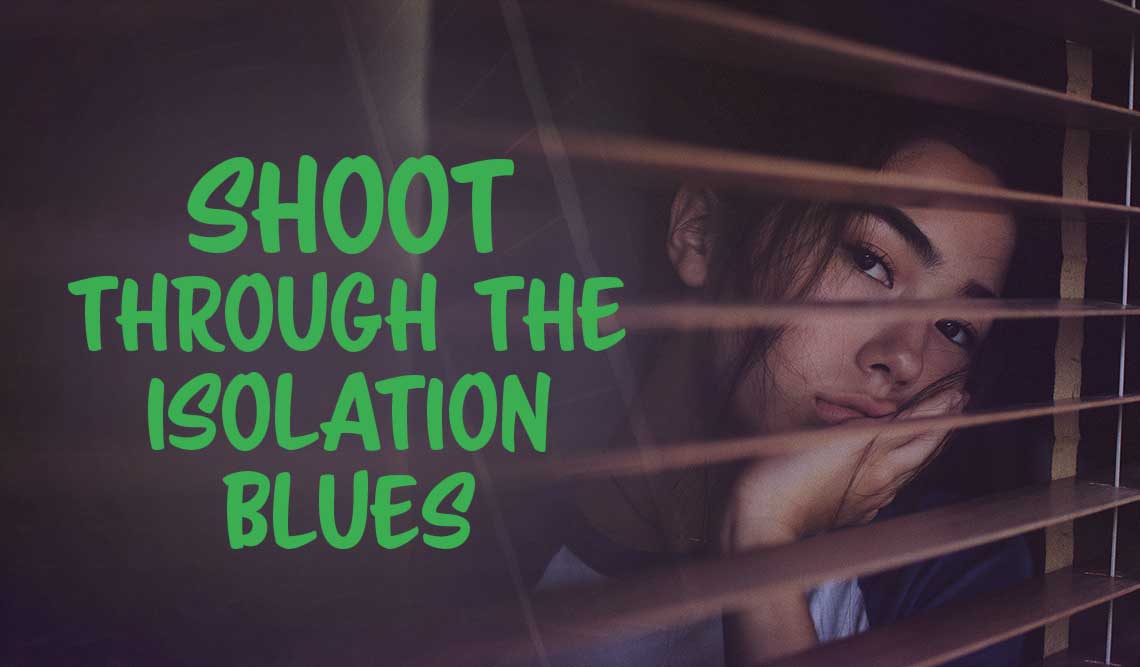
Now that our pace has slowed dramatically, we have time to reflect on the basics, the simple things that bring us the most joy. During this period of self-isolation, we can invest in developing those skills that lay idle when we’re busy with life.
“Photography is an art of observation. It’s about finding something interesting in an ordinary place… I’ve found it has little to do with the things you see and everything to do with the way you see them” — Elliott Erwitt
In the spirit of Erwitt’s words, we’ve created a shortlist of what we think are valuable techniques in photography that you can practice, refine, perhaps even master in your isolation. If there’s an upside to the current situation, it’s that we are now ‘time-rich’ so here are some suggestions to spend a while with…
The Ultimate Selfie
When was the last time you took a self-portrait? No, not with your phone, we’re talking about a proper portrait shot of yourself. If you can’t remember, then now’s the time! Set up your room in a composition you like and then it’s time to think about the lighting. Here are four common portrait lighting patterns.
Split Lighting – There are no hard and fast rules here, but we suggest you put the light source 90 degrees to the left or right of the subject. You can adjust the face based on how light falls. Just remember that your light source must follow the face to maintain the lighting pattern.
Loop Lighting – Keep the light source slightly higher than eye level and about 30-45 degrees from the camera.
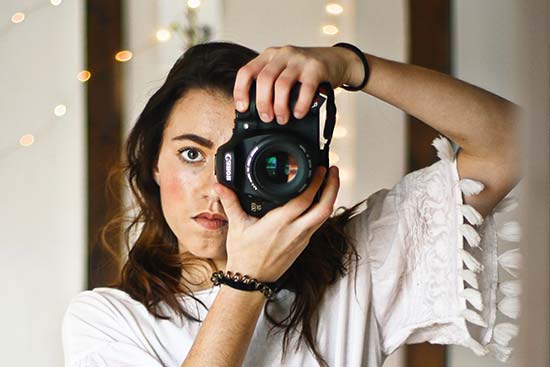
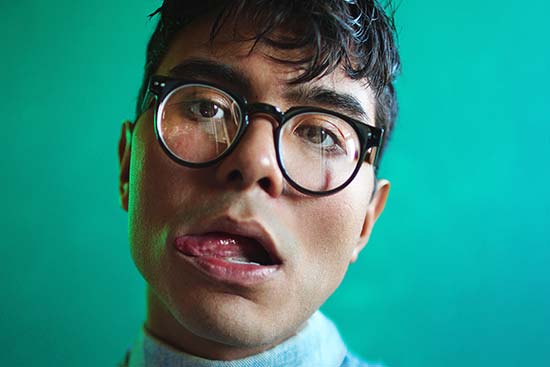
Rembrandt Lighting – If you are after a darker feel, you should try this. To create this pattern, you must turn slightly away from the light. If you have prominent cheekbones the effect will be better. Make sure the eye on the shadow side of the face has light in it.
Butterfly lighting – As the name suggests it is created by placing the main light source above and directly behind the camera.
Using a tripod is always advisable but it could be a tiring process going back and forth to set it right and check the results. We suggest you should attach the camera to your computer or TV and use a remote.
Having a flash with perhaps a diffuser like a softbox or a Gary Fong lightsphere would be great. A lightstand as well as a tripod for your camera to keep everything at the height you want. If you don’t have any external lighting products, look at where the light falls in your home, and perhaps use some lamps. The key thing is to look at the impact the light you have is having on the shots you’re taking.
The Still Life
This is a rite of passage for any artist, so bring out your inner-Picasso with the “still life”. Experiment with arrangements to capture an assortment of objects in a pleasing composition. There are no rights and wrongs here, only what pleases your eye while remembering that capturing a still life is all about sculpting the light to your advantage.
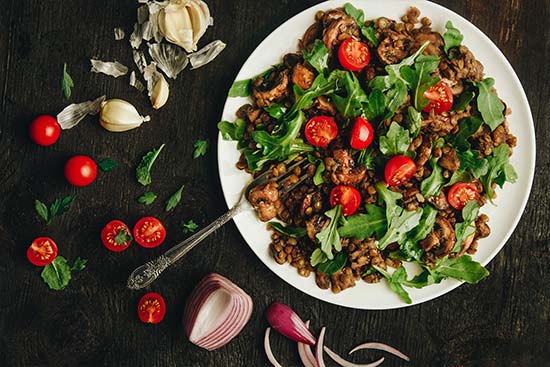
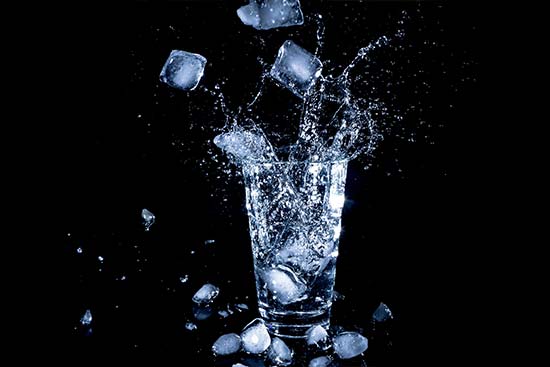
To begin pick a hero object. It’s not necessary to keep it in the centre of the image, but you will build your composition around it, with the intent of drawing the viewer’s eye to it. Highlight it by placing objects that lead towards it. Not every detail has to be perfect; you can leave a coffee stain, or use different patterned plates. And remember, it doesn’t have to be fruit! Work with what you have or what you like. A still life is about light & shadow, contrasts, textures and just as an artist takes hours, take your time.
Overlapping the objects can provide the depth to your photo, while casting shadows and reflections add to the mood. You can use light reflectors or speedlight and strobes to illuminate the object or highlight the textures in your compositions, while this is also a great way to make use of ‘found light’ – look around the house for the way that light falls through different windows at different times of the day, often this will give you beautiful soft light that can’t be replicated artificially.
Take Pictures of the Ugly Stuff
William Eggleston famously complained to his mother about the struggles of shooting around his neighbourhood, reasoning that everything was so ugly he didn’t know what to take pictures of. “Well, shoot the ugly stuff”, his mother replied. Eggleston went on to become the first photographer to have a major colour photography exhibition at New York’s MOMA, so maybe there’s something in this!

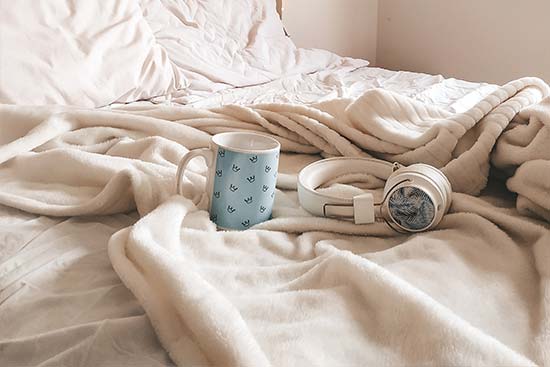
Photograph the every day, the mundane, perhaps create a photo journal. The unmade bed, the cup of coffee, the brushing of the teeth. In our race to capture the complex, we forget that beauty lies in simplicity so champion the overlooked and mundane, catch the small moments in life. No tripods required but you can play with flash if you have one to make the ordinary look ‘hyper-real’. Maybe shoot only in monochrome jpegs to consider only composition and form.
The only ‘no rules’ rule, is that nothing is boring. Get out of your comfort zone and capture something ordinary, but experiment with how; perhaps by using a macro or close focus lens. Boring often gives way to interesting in the small details, while texture is your friend. See if you can use light to transform your ordinary subjects into something great.
No-one starts out as a fine art photographer, like any art there’s an investment in time required to master it so why not use some of the time we now find ourselves with. We hope you’ll find joy in creating a story with your pictures and bringing your everyday to life.
These are some of the ways we’ll be shooting through these testing and trying times. The policy of isolation will at times test our patience, but staying safe is a collective responsibility and effort. Maybe in exploring the world right under our feet we’ll come to see this as an adventure that was worth having and take the things we learn with us into the future. Please feel free to share with us anything you shoot @dcwarehouse
